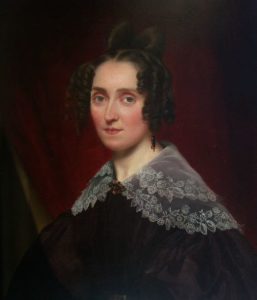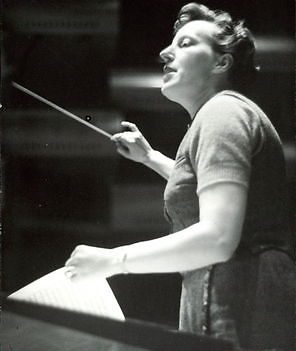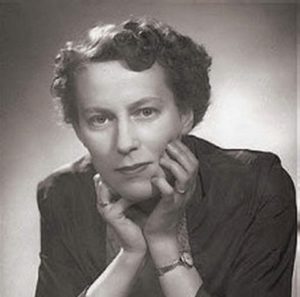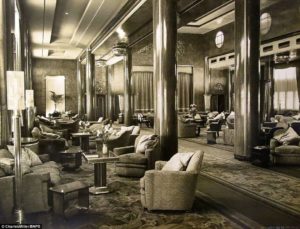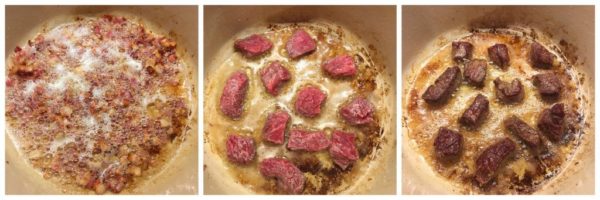It’s not everyday that a wind quintet has the chance to learn music featuring Hindustani ragas – its part of what makes The Light Stays the Same a high light of our La Chambre performance.
Reena Esmail is a Chicago-born pianist, vocalist, and composer whose works have been commissioned by ensembles including the Los Angeles Master Chorale, Kronos Quartet, Imani Winds, Richmond Symphony, Town Music Seattle, Albany Symphony, Chicago Sinfonietta, River Oaks Chamber Orchestra, San Francisco Girls Chorus, The Elora Festival, Juilliard415, and Yale Institute of Sacred Music.
Having studied with the likes of Susan Botti, Samuel Adler, and Aaron Jay Kernis, Esmail holds degrees in composition from The Juilliard School (BM’05) and the Yale School of Music (MM’11, MMA’14, DMA’18). She studied Hindustani music in India under Srimati Lakshmi Shankar and Gaurav Mazundar after receiving a grant from Fulbright-Nehru. Her doctoral thesis (“Finding Common Ground: Uniting Practices in Hindustani and Western Art Musicians”) explores the methods and challenges of the collaborative process between Hindustani musicians and Western composers.
A 2019 United States Artist Fellow in Music, she was also a 2017-18 Kennedy Center Citizen Artist Fellow and a recipient of the S & R Foundation’s Washington Award. Esmail is currently serving as the Los Angeles Master Chorale’s 2020-2023 Swan Family Artist in Residence, and the Seattle Symphony’s 2020-21 Composer-in-Residence. Esmail is the current Artistic Director of Shastra, a non-profit organization devoted to promoting cross-cultural music connection between music traditions of India and Western countries.
Esmail describes her journey to create this musical work of art as having been inspired by an ancient verse of poetry. “In my search for texts for my oratorio, “This Love Between Us”, which I was writing concurrently, I came across these wise words from the 13th century Sufi mystic poet, Rumi. He states so beautifully that…
Religions are many
But God is one
The lamps may be different,
But the Light is the same
…[so] even if our methods for searching for meaning and happiness look very different, the things we seek are so similar.”
In developing “The Light is the Same” for orchestra, Esmail integrated two Hindustani raags into the melodic core of the piece. In Hindustani classical music, a “raag” (also referred to as a “raga”) is a framework for musical improvisation, similar to the melodic modes of Western classical music. Endless in their variation and each with their own name, a raag (literally translated to mean “coloring”) is specifically rendered to invoke certain feelings or moods in the mind and heart of the listener.
Esmail drew on the tones of Raag Vachaspati and Raag Yaman, respectively, because “the bhav, the aesthetic of these raags are so different: Vachaspati is dark, brooding, complex and dense. Yaman is light and innocent. And yet, practically speaking, only one note is different between them. The melodies they generate and the way they move makes them feel worlds apart, and yet their notes are almost [identical]. The piece begins in Vachaspati, in desolate, spare melodic lines. Slowly, as Yaman peeks through the dense harmonies, the two raags begin to weave together into a seamless composite.”
Uniting Eastern and Western harmonies in a scintillating piece of evocative musical expression, Reena Esmail’s “The Light is the Same” represents an important shift in the evolution of music you cannot afford to miss. Find it as part of our La Chambre concert.


